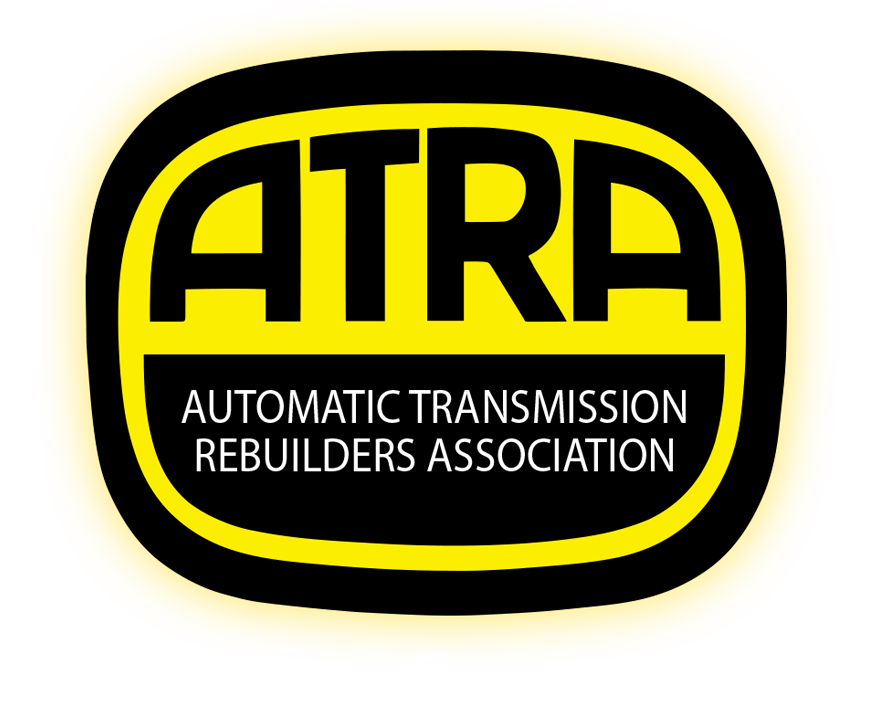Winter Hazards and Your Transmission
Winter conditions vary geographically, but there are a few conditions that are common to most of the US and Canada during the winter months. How you deal with those conditions can have a dramatic effect on your transmission.
Cold Temperatures — For a good part of the Northern Hemisphere, winter means cold weather. As temperatures drop, fluids thicken, reducing their ability to lubricate. In most of the US, you can deal with this simply by driving slowly for the first few miles, until your engine and transmission reach normal operating temperature.
Avoid letting your car idle for extended periods. Sure, the passenger compartment will be nice and toasty by the time you get ready to go, but meanwhile your engine will be running rich, creating additional pollution, damaging your catalytic converter, and using expensive fuel to go nowhere.
And, for many transmissions, you may be damaging the internal components as the engine idles. That’s because some transmissions don’t create lube flow with the shifter in park. Oil doesn’t start flowing through the cooler and lube circuits until you put the shifter into drive. So internal transmission components are spinning — ice cold — with no lube flow. Not good.
If the temperature tends to get really cold in your area, invest in an engine heater that plugs into a wall outlet and warms the engine before you come out in the morning. A timer will allow you to start the engine warming a few hours before you’re ready to leave, saving you money, and your car wear.
Snow and Ice — For much of the country, driving on snow and ice is part of a normal winter. But there are specific hazards to your transmission on those roadways.
One that you may not be familiar with is what can happen if you get stuck. Too often, drivers spin their wheels, in the hopes of freeing themselves from a snow drift or icy patch. This can cause major damage to the transmission; here’s how:
Today’s cars use a computer to control transmission operation. When you spin the wheels, the computer sees the vehicle speed rising; in many cases it has no way of knowing that you aren’t really moving.
When the speedometer registers 40-or-so MPH, the computer sees the speed, and identifies driving conditions as being right to engage the converter clutch. Now the engine is locked directly to the drive wheels. If the wheels regain traction, their speed will drop suddenly. The result can be catastrophic to the transmission.
The best way to get out of a drift or icy patch is to rock the car back and forth… forward and reverse… until you can get moving again. Or, better yet, get someone to push or pull you out of the snow. Avoid spinning the wheels, or you could end up damaging the transmission.
Water in the Transmission — No major component of your car can survive indefinitely with water in its internal components. But no other component can be damaged as quickly as your transmission can by water.
Even a small amount of water in an automatic transmission almost always results in serious failure and major repair bills. The reason is the band and clutch linings are hygroscopic; that is, they absorb water, even if they have to push transmission fluid out of the linings to do it.
This water quickly finds its way down to the metal backings, causing them to rust and lift the linings off of the clutches and bands. The result is metal-to-metal contact, which always means serious damage to the transmission.
To avoid this type of trouble, steer clear of deep puddles. Should you find your car submerged, don’t start the engine. Your only chance of avoiding a big repair bill is to have your car towed into a transmission shop and have all the oil drained out immediately.
If you're lucky, draining and servicing the transmission may be all that’s necessary to save it. If not, your auto insurance may cover part or all of the damage. Your local ATRA Member shop will be happy to supply the necessary technical information to your insurance company.
So whether it’s snow and ice, water, or just plain cold out, winter delivers a whole new set of conditions just waiting to damage your transmission. Whether it succeeds or not depends on how you deal with those conditions.
To find the ATRA Member shop near you, click the Shop Finder link.
If you have any questions you can e-mail them to ATRA's Technical Department through the Technical Services page or call 1-866-GO-4-ATRA (1-866-464-2872)



